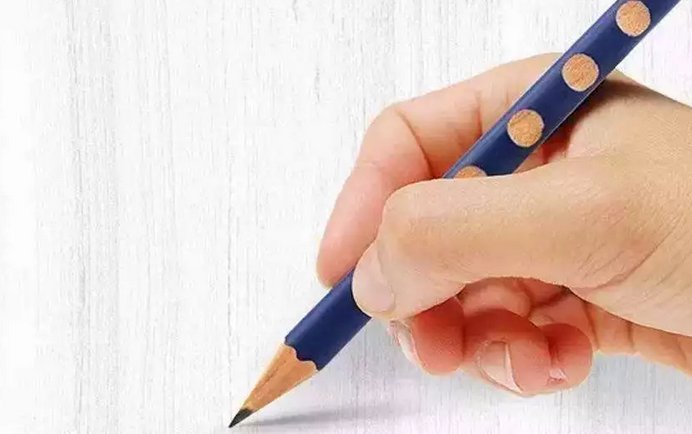1. It is most suitable to practice calligraphy between 6 and 8 o'clock in the morning.
In the morning, the air is fresh, the mind is clear, the nerves of the hands and feet are rested and the most flexible, writing is more relaxed and happy, and the natural efficiency is the highest. As long as you develop the habit of going to bed early and getting up early, you will be happy to wake up earlier and go to work or school before writing a few pages, and you will feel that the day is very fulfilling!

2. The second most suitable time to practice calligraphy is between 21 and 23 o’clock before going to bed.
Whether it is work or study, the busy day is over. At this time, the TV series are also over, and there is no one to chat on WeChat. At this time, you can calm down and practice calligraphy patiently, and you can relax your mind for the stressful and busy day.
However, because you are tired from working and studying during the day, you will easily get sleepy when practicing calligraphy. Therefore, you should not practice calligraphy for too long, as it will not be efficient if you practice calligraphy for too long. It is better to have a good rest and recharge yourself to get up early to practice the next day.
3. If you cannot practice in the morning or night due to limited conditions, you can also take less time to practice during lunch break or after get off work. If you have more time, write more words; if you have less time, write less words. As long as it does not hinder your work, study or rest.
To practice calligraphy is to use such scattered time to continuously consolidate. In short, it is necessary to practice every day without interruption, so that quantitative changes can lead to qualitative changes.
4. If conditions are limited, it is not necessary to use writing tools. Recalling the strokes and structure of the practiced calligraphy anytime and anywhere, and using finger gestures can also have the effect of practicing calligraphy to a certain extent.
There are many stories of diligent study and practice by calligraphers of the previous generation that are worth learning from. For example, Zhong Yao of the Wei Dynasty in the Three Kingdoms and Yu Shinan of the Tang Dynasty both have legends about painting and calligraphy being practiced. We must insist on practicing every day, using our fingers to write and dictating in the air. This can help us become proficient in writing skills, especially for people who are temporarily busy or often travel on business and cannot touch the pen for a while. It is almost equivalent to practicing with the pen and will not be subject to practice. The impact of the interruption was gone.
5. During short holidays such as May Day, Dragon Boat Festival, Mid-Autumn Festival and National Day, if you have no travel plans, you can arrange a whole block of time to focus on a large number of exercises on the strokes, structure or composition of calligraphy, coupled with correct and scientific learning methods. When you come back from a long vacation, your handwriting may be impressive!








